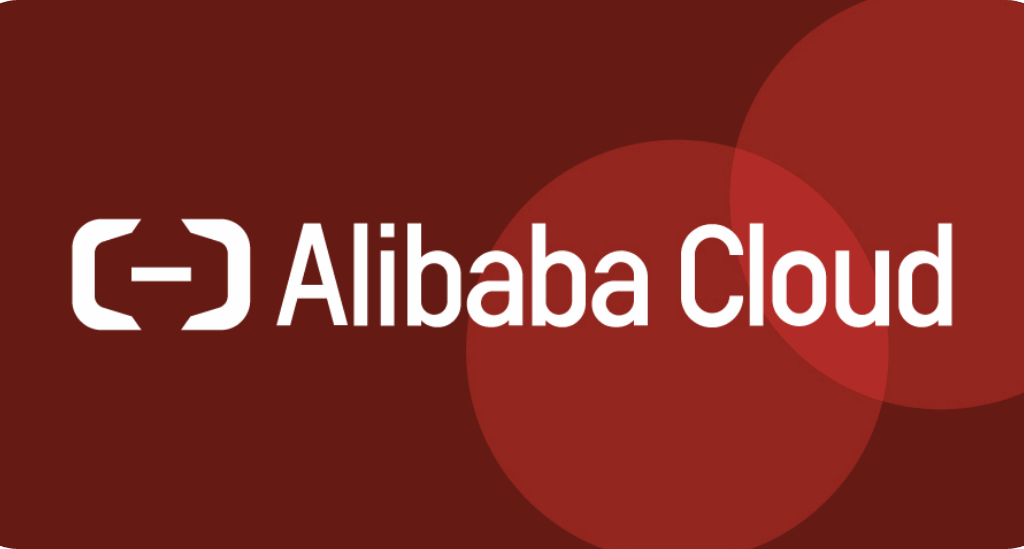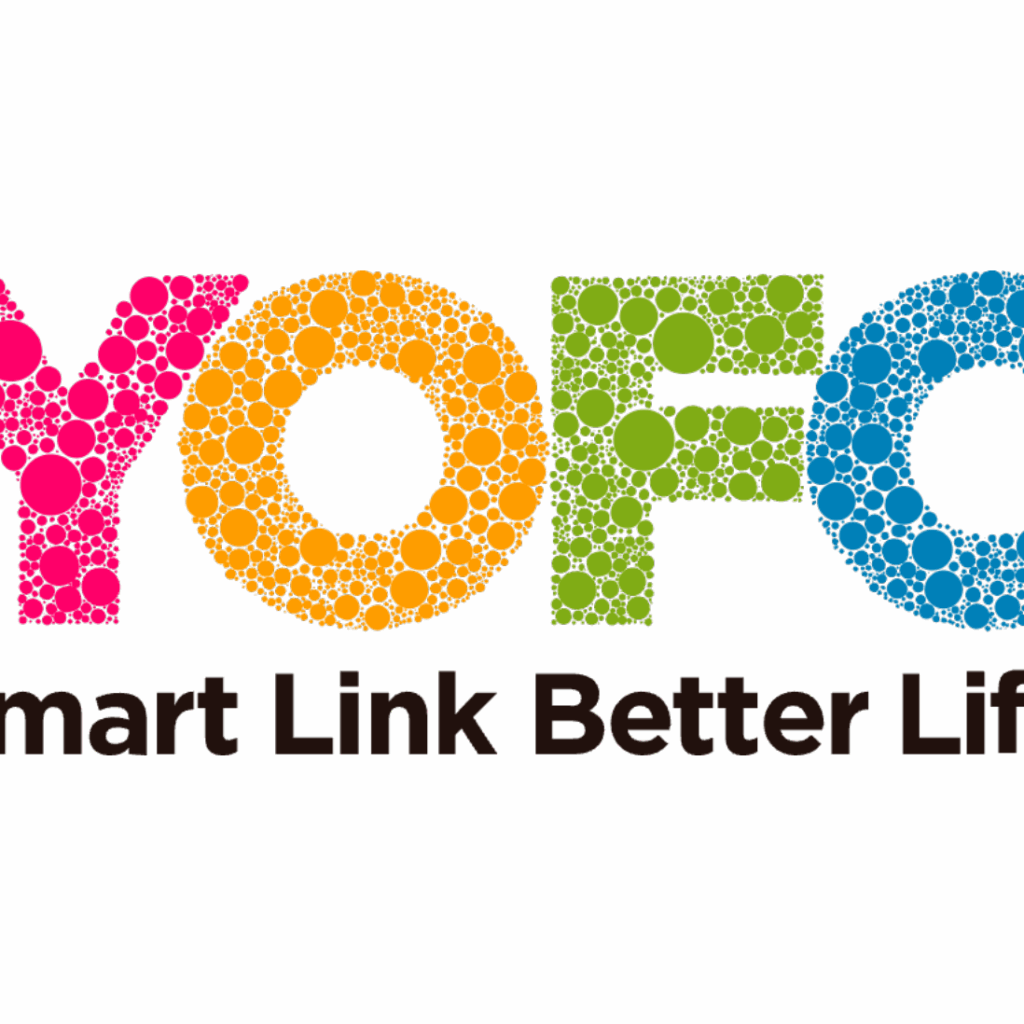CFOs diversify banking partners for loans, FX, and cash management to reduce risk, improve resilience, and secure better pricing. Yet many still run Supply Chain Finance (SCF) programs through a single bank, concentrating risk and limiting flexibility.
Defining the Models: What’s the Key Difference?
In today’s digital SCF landscape, the choice is clear: stick with a traditional single-bank platform or adopt a bank-agnostic platform model that connects to multiple funders. Here’s how the two models stack up, and why bank-agnostic platforms are winning over global enterprises.
The Single-Bank SCF Platform
A single-bank platform is a proprietary system owned and operated by one specific bank. It’s designed to provide financing to your suppliers exclusively from that bank’s balance sheet.
The Bank-Agnostic SCF Platform
A bank-agnostic platform is an independent, technology-first solution that can connect to multiple banks and financial institutions simultaneously. It acts as a central hub, allowing you to run your SCF program with your entire existing panel of banks.
A Head-to-Head Comparison for the Modern Enterprise
How do these models stack up on the issues that matter most to a CFO?
| Feature | Single-Bank Platform | Bank-Agnostic Platform |
| Funding Sources | Single source of liquidity. | Multiple, competing funding sources. |
| Pricing & Rates | Fixed, non-competitive rates. | Competitive tension drives better rates. |
| Supplier Experience | Inconsistent; suppliers need multiple portals for different buyers. | Unified, consistent experience for all suppliers. |
| Global Scalability | Requires a patchwork of different bank systems across regions. | A single, global platform for all operations. |
| Technology | Often legacy, proprietary bank tech. | Modern, open-API-first technology. |
Are You a Bank or NBFI?
Our bank-agnostic platform allows you to connect with high-quality corporate clients and deploy capital efficiently. Learn how you can partner with TASConnect to grow your supply chain finance business.
Explore Our Solutions for Financial Institutions
The Strategic Advantage: Why Bank-Agnostic is the Future
The choice between these models goes beyond features; it’s a strategic decision about risk, cost, and operational agility.
Mitigating Concentration Risk
Relying on a single bank for your entire SCF program creates significant concentration risk. What happens if that bank changes its credit appetite, faces regulatory issues, or reduces its exposure to your industry? A bank-agnostic model diversifies your funding sources, building a more resilient financial supply chain.
Creating a Competitive Marketplace for Your Financing
With a bank-agnostic platform, your payables become a competitive marketplace where multiple banks bid to fund them – driving down financing costs for suppliers. The same infrastructure can also support dynamic discounting, letting you use your own liquidity to offer early payments in exchange for invoice discounts, creating new revenue opportunities while strengthening supplier relationships.
Interoperability at the Core: The TASConnect Bank-Agnostic Approach
TASConnect’s platform is built on the bank-agnostic principle, giving enterprises the flexibility to work with their full network of financial partners. By connecting enterprises, suppliers, and funders on a single interoperable platform, we make it easier to manage multi-bank ecosystems and improve efficiency. In one case, Lenovo streamlined its operations and gained greater control over its financing network.
For the modern CFO, the choice is clear. A bank-agnostic SCF platform provides the flexibility, competitive pricing, and global scalability required to navigate the complexities of today’s world. Ready to break free from single-bank silos? Contact TASConnect for a consultation.








